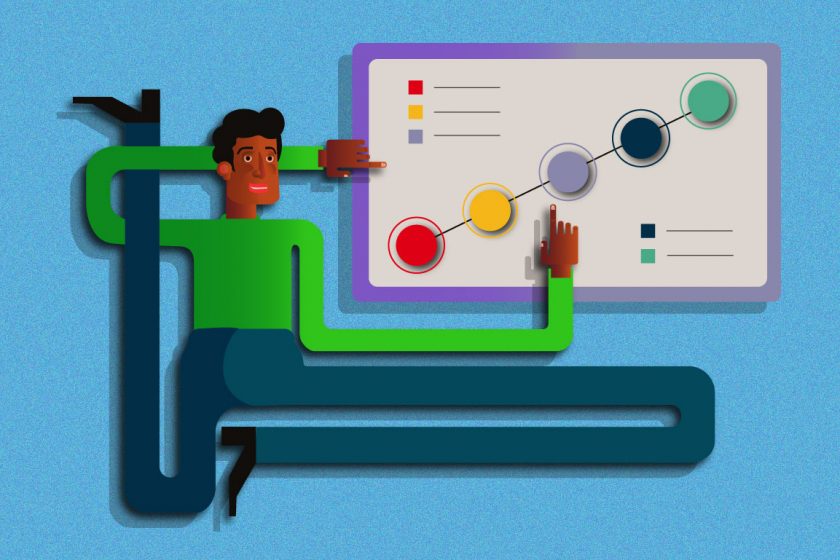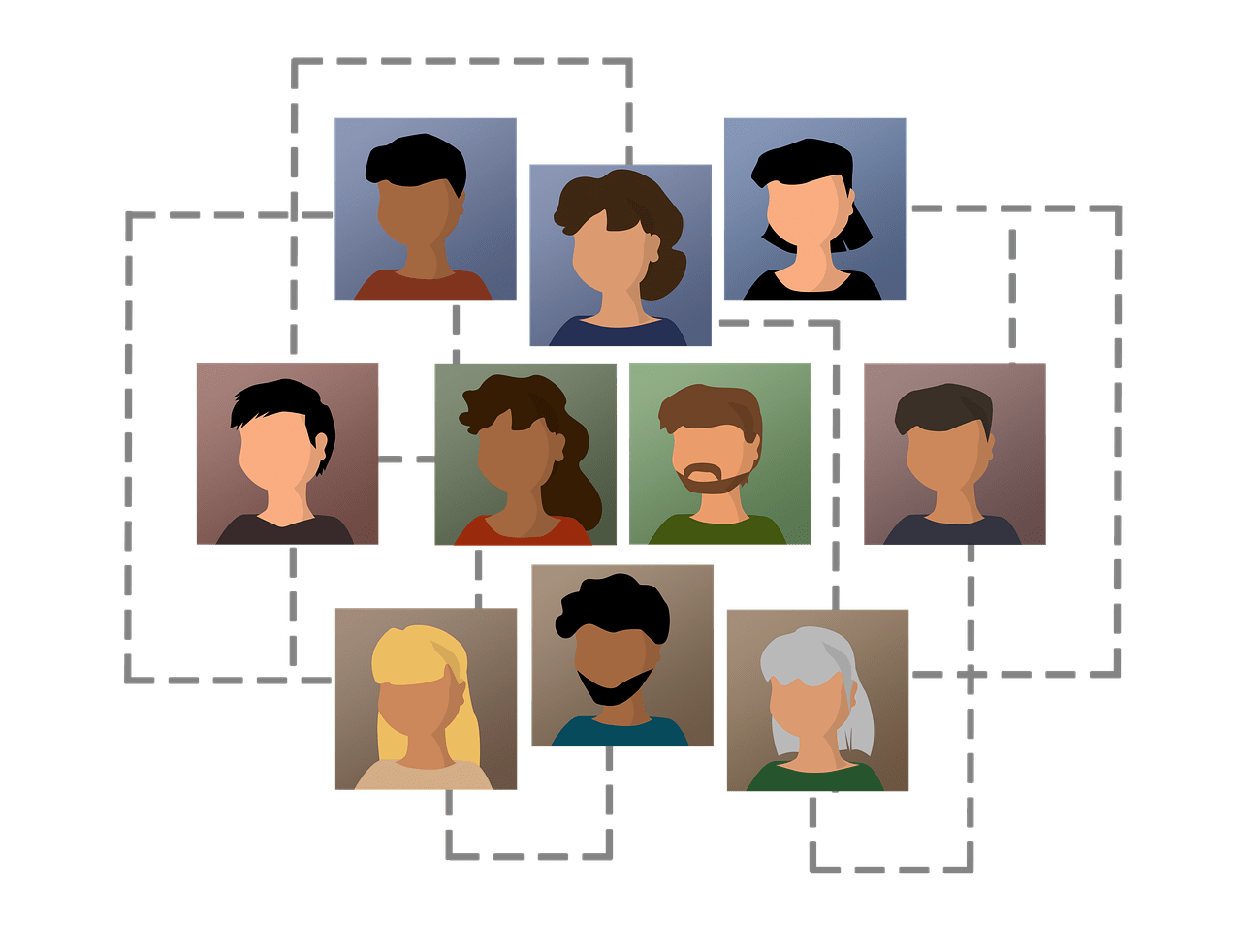-
Resource Management Plan: 5 key tips for creating a perfect one
Resource management is the process of determining what resources are needed, in what quantities, and when to use them to complete a project. CONTENT What is a resource management plan? Why is the creation of a resource plan important? 1. It helps achieve efficient planning of project resources 2. Minimizes project resource costs 3. Helps … Continue reading "Resource Management Plan: 5 key tips for creating a perfect one"
-
Resource allocation
Resource allocation is a crucial step in project management. This is so important because, as is easy to realize, resources are limited by nature. CONTENT What is resource allocation in project management? The 7 steps for successful resource allocation in project management Resource allocation: Creating a Project Plan Resource allocation: Understanding resource requirements for activities … Continue reading "Resource allocation"
-
How to get the most out of your team
Knowing how to get the most out of your team is quickly becoming a major component. Companies are, in fact, increasingly dependent on good teamwork to achieve key goals and be successful. CONTENT 7 tips for getting the most out of your team 1. Set the standard and lead by example 2. Keep things managed … Continue reading "How to get the most out of your team"
-
Project Workload
Managing the project workload means assigning the right amount of tasks to each team member. On the surface, this would seem like an easy task, but it is one of the most critical tasks a project manager faces. Countless pitfalls hide behind the project workload, dangers that must be avoided at all costs if the … Continue reading "Project Workload"
-
Project manager communication
Effective project manager communication is an essential part of project management. CONTENT Why project manager communication is important Establish a communication structure Practicing active listening Using the right tools For non-urgent communication For project updates For official and important communications Their job is to align everyone on one goal and ensure that all the correct … Continue reading "Project manager communication"
-
Organize and support the work of the project team
Organizing and supporting the project team’s work goes beyond the sole purpose of completing a project while meeting the established project plan, budget, and timeline. CONTENT How to Organize and Support Team Work How to Organize and Support Team Work: Bringing the Team Together Communicate and share information regularly Planning activities Regularly review resource availability … Continue reading "Organize and support the work of the project team"
-
Boosting team productivity: 7 tips to consider
Managing and boosting team productivity isn’t an easy task. On one side, you want to maintain healthy motivational levels within the team, but on the other side, you still need to work hard towards organizational goals. CONTENT Boosting team productivity: Be realistic about your timeline Boosting team productivity: Evaluate processes Boosting team productivity: Refrain from … Continue reading "Boosting team productivity: 7 tips to consider"
-
The experience of the project team
The experience of a project team working at high performance is very hard to forget. If you’ve ever been part of such a team, you’re sure to have fond memories of the experience. CONTENT But how to create an effective team? The perfect team member What makes the team successful? In this type of team, … Continue reading "The experience of the project team"
-
Meeting project deadlines: 5 life-saving tips
Meeting project deadlines can be a source of heavy pressure and concern for many people. CONTENT Why is meeting project deadlines so difficult? Why are deadlines in projects important? Managing a deadline 1. Meeting project deadlines: Assessing what is needed 2. Meeting project deadlines: Getting the right resources 3. Meeting project deadlines: Considering possible problems … Continue reading "Meeting project deadlines: 5 life-saving tips"
-
Development team in projects
The development team in projects plays a major role in driving success. As you can guess, it is a key element in project management. CONTENT However, what is the development team in projects? Development team roles Project development team members Project sponsor The 5 stages of the Tuckman model for transforming the project team 1. … Continue reading "Development team in projects"
-
Resource planning in projects
Resource planning is key for project management success. In other words: managing projects means managing resources. CONTENT What is a resource plan? What are the elements of a resource plan? Resource planning steps 1. Resource planning prerequisites 2. Resource procurement 3. Resource management 4. Resource tracking Resource planning tools and techniques No matter what type … Continue reading "Resource planning in projects"
-
Managing project resources: how to do it effectively
Managing project resources effectively is one of the key aspects of work towards achieving your goals. In fact, if resources are not adequate, you will never be able to complete your project. CONTENT Managing project resources: Centralize resources in a single pool Managing project resources: Determine required resource skills Managing project resources: increase collaboration to … Continue reading "Managing project resources: how to do it effectively"
-
Team training as an added value – how and when to do it
Team training is a key aspect of a modern company if you consider that teamwork is now unanimously considered essential for business success. Therefore, today more than ever, it is essential not only to know how to create a project team that works, but above all it is imperative to make it grow in the … Continue reading "Team training as an added value – how and when to do it"
-
Team preparation and training – how relevant it is to the organization
Team preparation and training for the organization is a major part of a project manager‘s job and it doesn’t just apply to new employees. People need training and support throughout their careers, both as individuals and as a team, to develop their skills and continue to work effectively. CONTENT 5 team preparation and training tips … Continue reading "Team preparation and training – how relevant it is to the organization"
-
Engaging the Project Team
Knowing how to engage your project team is certainly one of the key drivers for running a successful business. CONTENT What is project team engagement? How do you measure Team members’ engagement? How to engage the project team Engaging the Project Team: Bottom Line A project manager wants their employees to feel proud of what … Continue reading "Engaging the Project Team"
Resource management
Choose the category you are interested in:
AgileComparisonCost managementPm expertProduct updatesProductivityProject managementResource managementTime managementUsage tips















